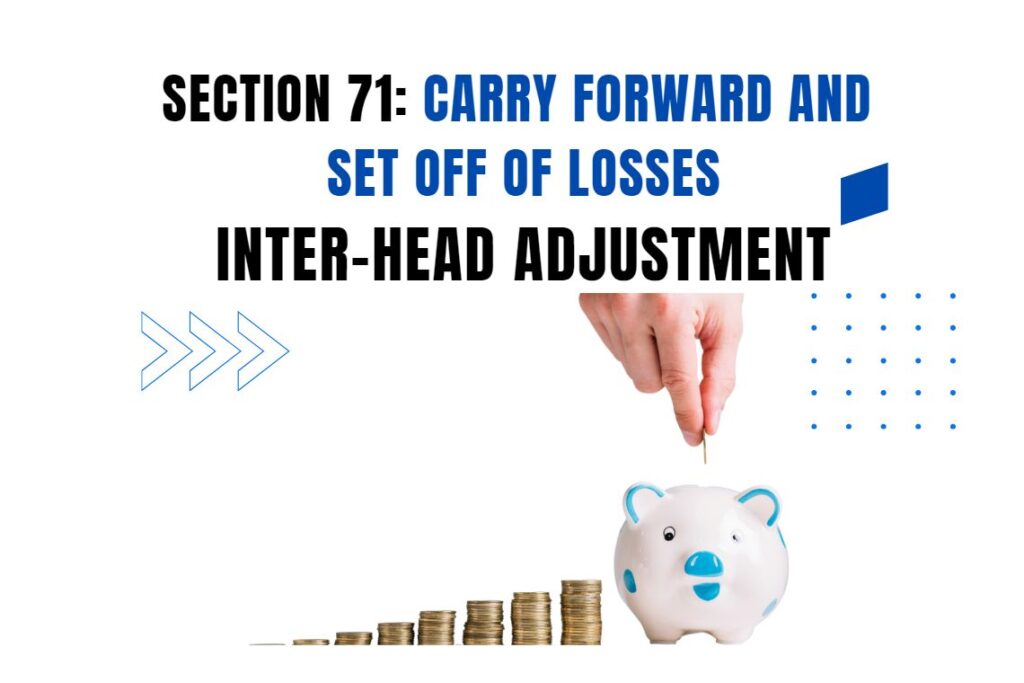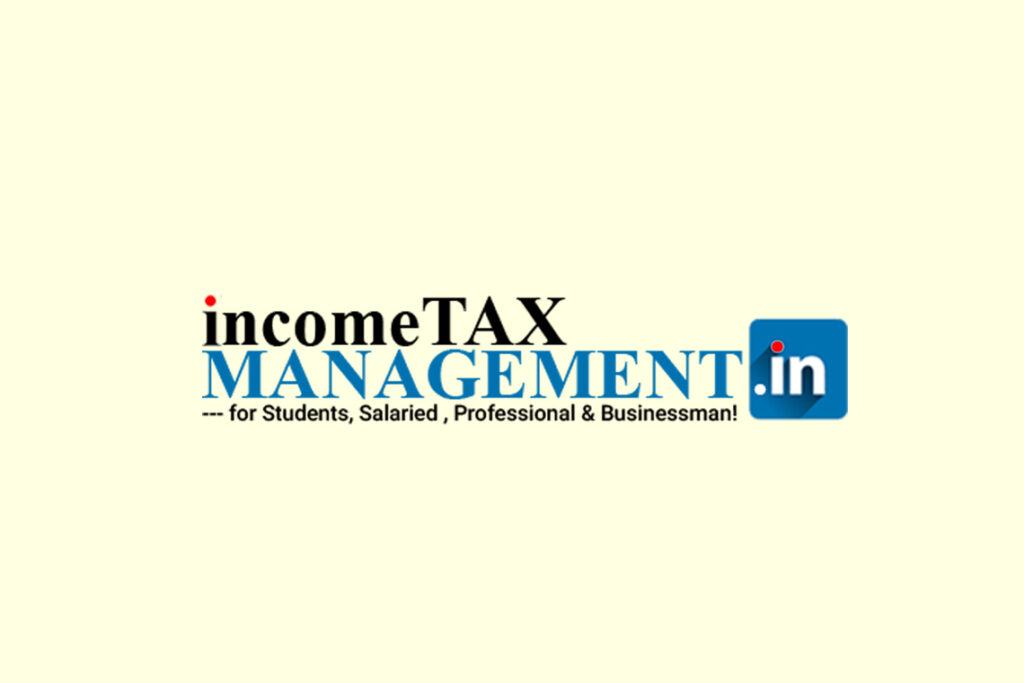Section 115BAC of the Income Tax Act, 1961, introduces a simplified tax regime with lower slab rates but restricts many deductions ansd exemptions, including provisions for set-off and carry-forward of losses. Below is a detailed analysis of how losses are treated for individuals and HUFs opting for the new tax regime.
1. Key Restrictions on Loss Set-Off Under Section 115BAC
A. House Property Losses
- No inter-head adjustment: Losses from house property cannot be set off against other heads(e.g., salary, business income).
- Only intra-head adjustment allowed: Losses can onlybe adjusted against income from other house properties.
- No carry-forward: Unlike the old regime (where losses can be carried forward for 8 years), house property losses cannot be carried forwardunder the new regime.
Example:
- Loss from house property: ₹2,00,000
- Income from other sources: ₹5,00,000
- Under new regime: The loss cannotbe adjusted, resulting in taxable income of ₹5,00,000.
B. Business Losses & Unabsorbed Depreciation
- No set-off of brought-forward losses: If losses relate to deductions/exemptions withdrawn under Section 115BAC, they cannot be set off.
- Example: Losses attributable to additional depreciation (Section 32(1)(iia))or SEZ exemptions (Section 10AA) are disallowed.
- No carry-forward: Business losses cannot be carried forwardif they stem from deductions not allowed under the new regime.
C. Capital Losses
- Short-Term Capital Loss (STCL): Can be set off against STCG or LTCG(same as old regime).
- Long-Term Capital Loss (LTCL): Can onlybe set off against LTCG.
- Carry-forward allowed: Both STCL and LTCL can be carried forward for 8 years, provided the return is filed on time.
2. Comparison: Old vs. New Regime for Loss Set-Off
| TYPE OF LOSS | OLD REGIME | NEW REGIME (SECTION 115BAC) |
| House Property Loss | Can be set off against other heads (up to ₹2 lakh) | No inter-head set-off; no carry-forward |
| Business Loss | Can be carried forward for 8 years | No carry-forward if related to disallowed deductions |
| Capital Loss | STCL/LTCL can be carried forward for 8 years | Same as old regime |
| Speculative Loss | Can be carried forward for 4 years | Same as old regime |
3. Practical Implications
- Tax Planning Impact:
- Taxpayers with high house property losses(e.g., home loan interest) may prefer the old regime to utilize losses against other income.
- Businesses with unabsorbed depreciationmay face higher tax liability if they switch to the new regime.
- Switching Between Regimes:
- Salaried individualscan choose the regime yearly, but business taxpayers must stick to their choice once made.
- If switching to the new regime, past losses may become unusable.
- Compliance Requirements:
- Timely filing of returnsis critical to preserve carry-forward benefits (except for house property losses in the new regime).
4. Recent Changes (Budget 2025)
- Rebate increase (Section 87A): Taxpayers with income up to ₹12 lakh pay zero taxunder the new regime.
- Standard deduction hike: Increased to ₹75,000 (from ₹50,000), partially offsetting loss restrictions.
5. Key Points
✅ New regime simplifies taxes but severely restricts loss utilization.
⚠️ House property losses cannot be set off or carried forward under Section 115BAC.
📅 Business losses tied to withdrawn deductions (e.g., Section 80C, HRA) are forfeited.
🔁 Choose the regime carefully—once opted, business taxpayers cannot switch back easily.
For taxpayers with significant losses, sticking to the old regime may be more beneficial.






